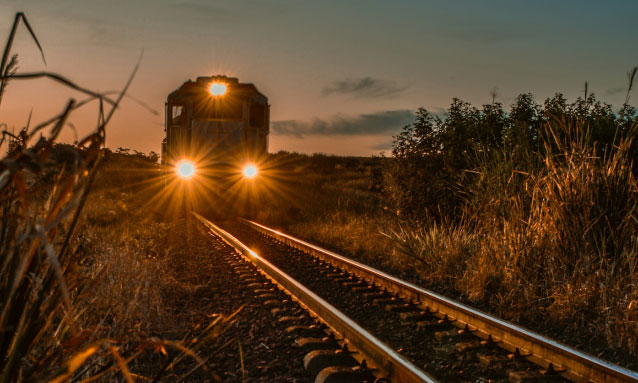
17 April 2025
South Africa plans to import coal from Botswana, and this development will significantly increase demand for the Mmamabula–Lephalale Railway, a vital cross-border logistics project. This is reported by the railway transport news portal Railway Supply.
Rising coal demand will support Mmamabula–Lephalale railway
As local coal reserves decline, South Africa is turning to Botswana for supply. This shift will position the Mmamabula–Lephalale Railway as a central route for energy logistics and trade. The proposed railway will connect Botswana’s Mmamabula coalfields with South Africa’s Lephalale, creating a direct route for large-scale freight movement.
Dr. Maximilian Matschke of Anura Partners emphasised the urgency of the project.
He noted that Eskom faces an energy gap of up to 700 million metric tonnes due to the coal shortage in Mpumalanga. Rail, not road, offers the only feasible method to move such bulk volumes cost-effectively.
Matschke added that Botswana could also benefit from the railway through reduced petroleum import costs. Currently, petroleum is trucked into Botswana from South Africa. A rail-based supply chain will significantly lower transportation expenses.
Mmamabula–Lephalale railway to attract investors
The project already has committed freight volumes, which strengthens its investment potential. According to Matschke, the railway could deliver over $160 billion in economic value. This level of viability has already attracted strong interest from funders.
Proposed upgrades between Ermelo and Richards Bay will align the project with broader SADC infrastructure goals. This classification makes it eligible for funding from regional development banks.
Botswana’s current rail regulations limit foreign participation. However, Matschke outlined possible models including joint ventures, SPVs, and open-access agreements involving both public and private stakeholders.
Some investors suggested alternate routes via Eswatini to reach Maputo or Richards Bay. Matschke, however, argued that the current route remains the most cost-effective. Eswatini’s network would require extensive investment to handle 200-wagon trains and heavier axle loads.
The railway will not only move coal but also chrome, copper, soda ash, and iron ore—enhancing its strategic and commercial importance across Southern Africa.
Source: www.railwaysafrica.com



